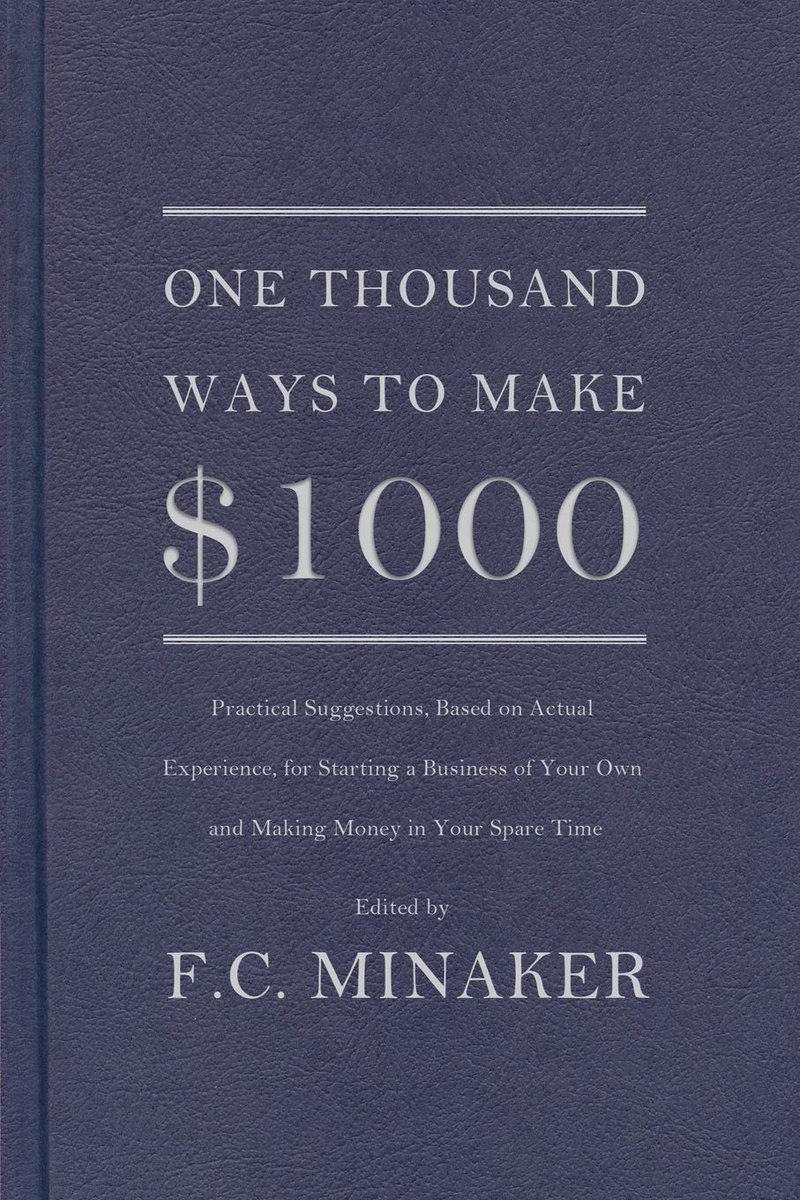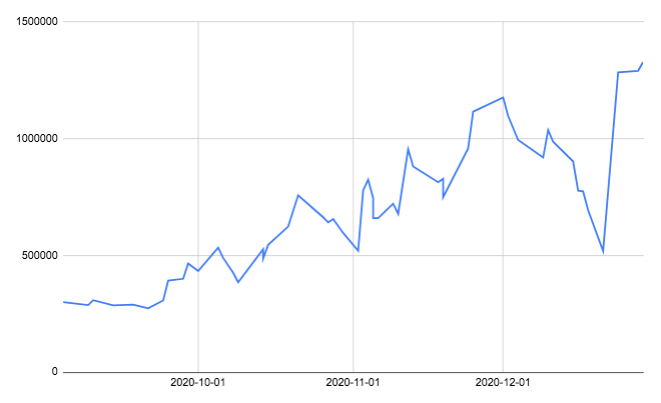
Systematic Trading, backtesting, etc., may sound like a current generation fad, but they are clearly not.
As far back as 1990s, several big funds, quant funds have used backtesting/exploration, etc., to develop systems to trade.
Only recently it has become viable for retail.
As far back as 1990s, several big funds, quant funds have used backtesting/exploration, etc., to develop systems to trade.
Only recently it has become viable for retail.
Until late 2010s, we didn't have faster internet speeds, access to better data, low cost brokers, access to ease-of-use programming languages/tools to backtest strategies thoroughly.
MATLAB was complicated. Excel was limited without VBA. VBA was not everyone's cup of tea.
MATLAB was complicated. Excel was limited without VBA. VBA was not everyone's cup of tea.
Python going mainstream as a programming language alongside R programming made it possible for many people to start backtesting their ideas.
And proliferation of several helpful tools/libraries in Python has also helped several people move fast in backtesting.
And proliferation of several helpful tools/libraries in Python has also helped several people move fast in backtesting.
Earlier, you could only manually backtest ideas. It takes 3-4 months to test an idea thoroughly, and that too only one variation.
Today, you can test 100s of ideas in the same day provided you can code them up.
Today, you can test 100s of ideas in the same day provided you can code them up.
So, don't consider systematic trading a fad. It's the way you can survive as a trader in the future.
If you want to trade for a living, better start to embrace systematic trading, at least as a % of your portfolio of trades.
Thank me later.
If you want to trade for a living, better start to embrace systematic trading, at least as a % of your portfolio of trades.
Thank me later.
• • •
Missing some Tweet in this thread? You can try to
force a refresh





